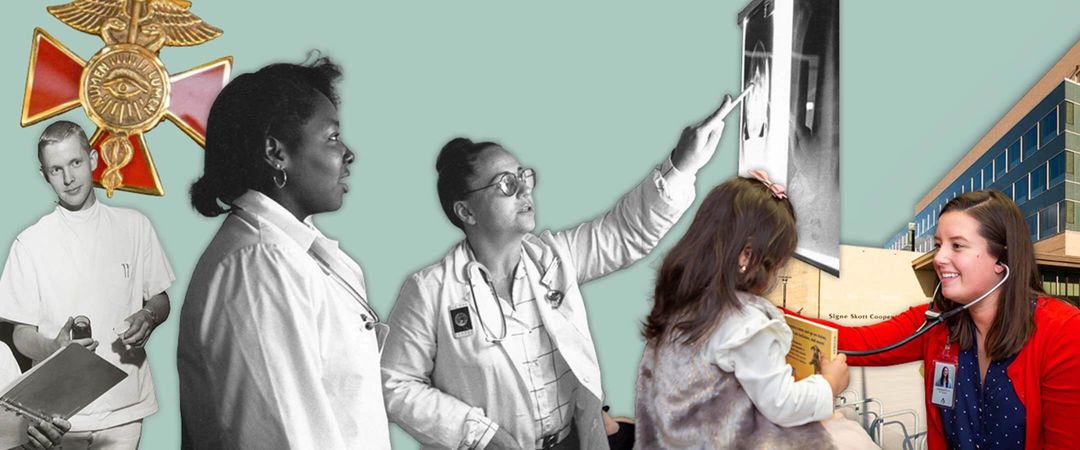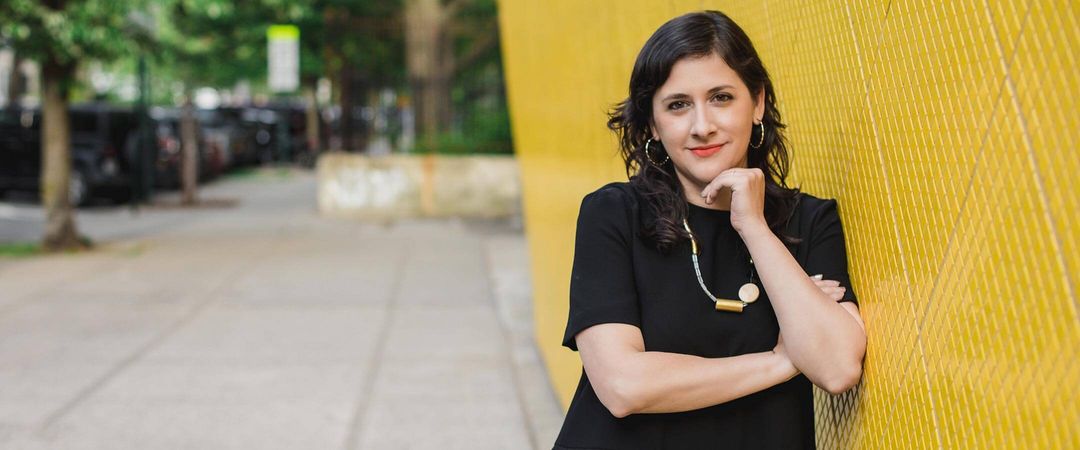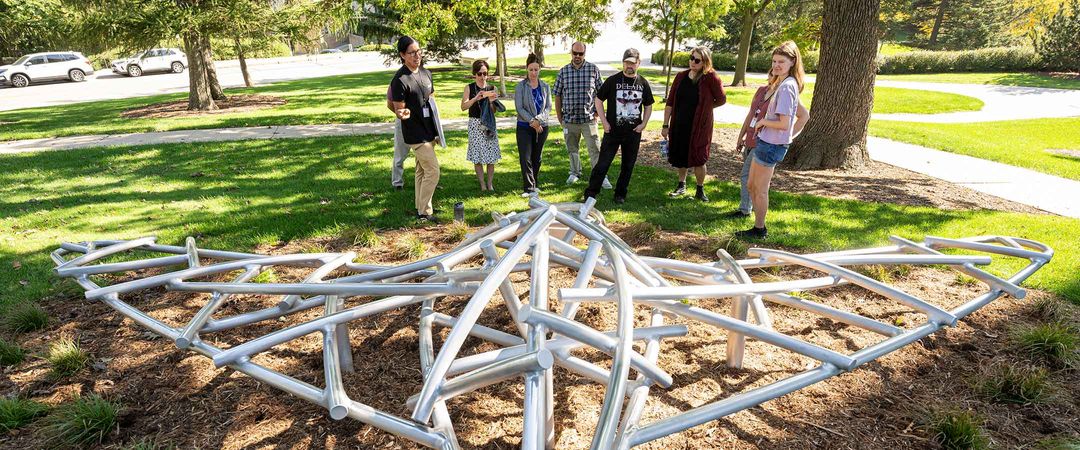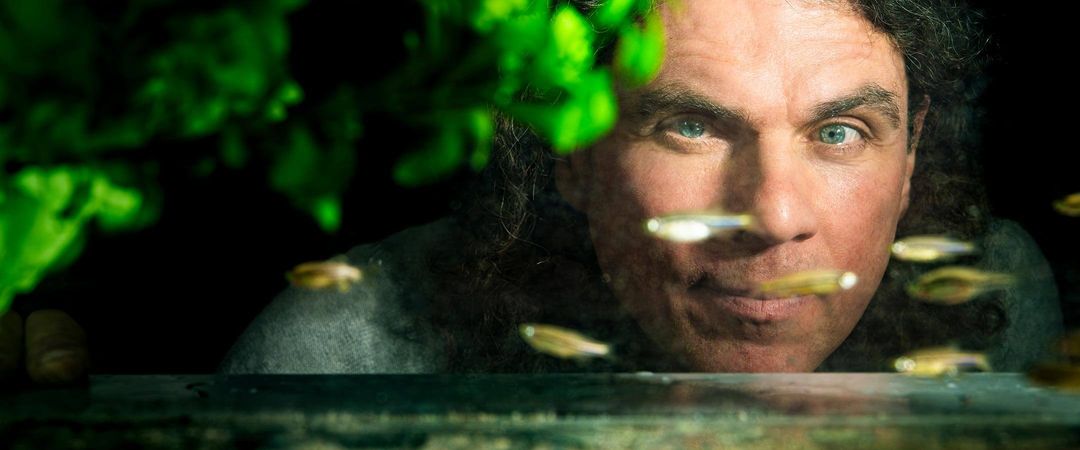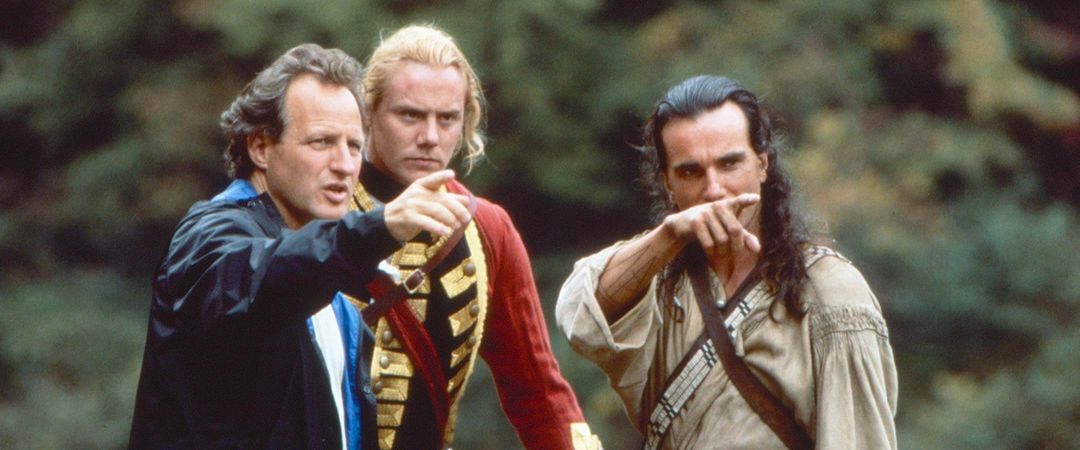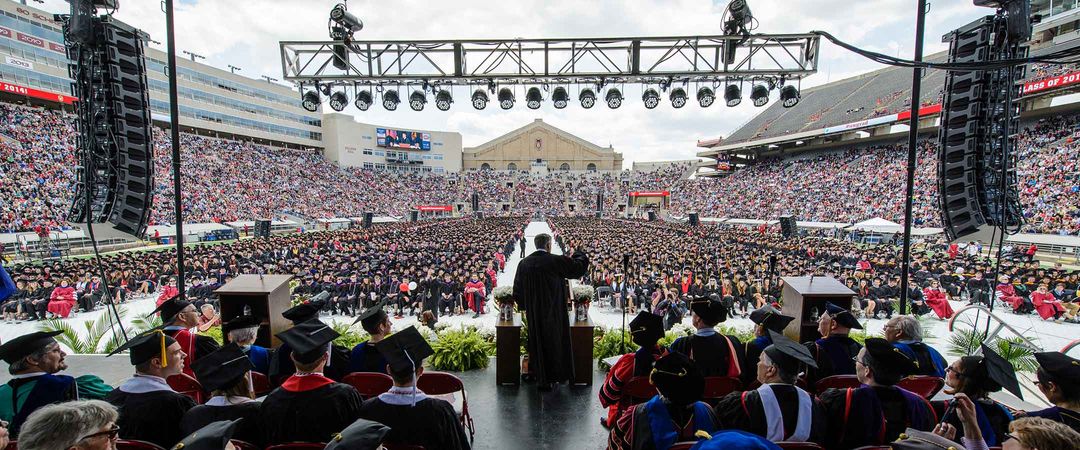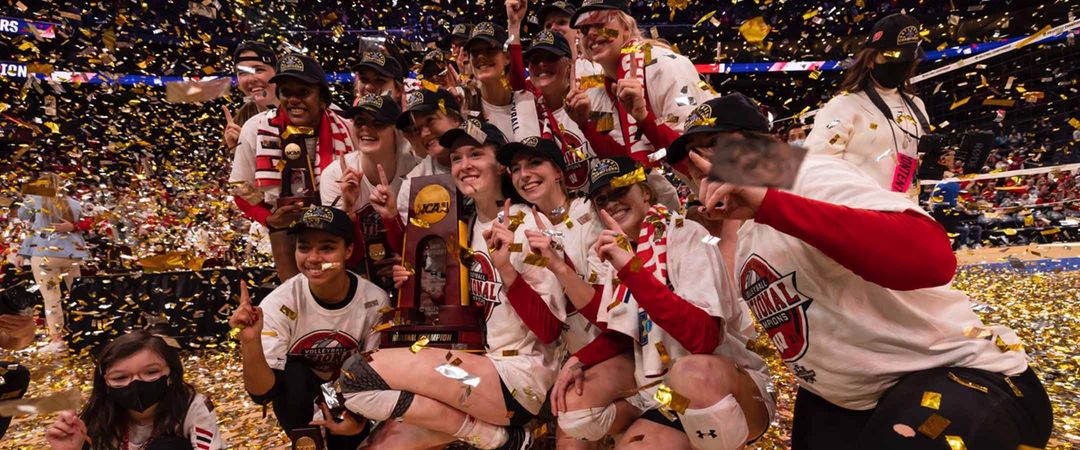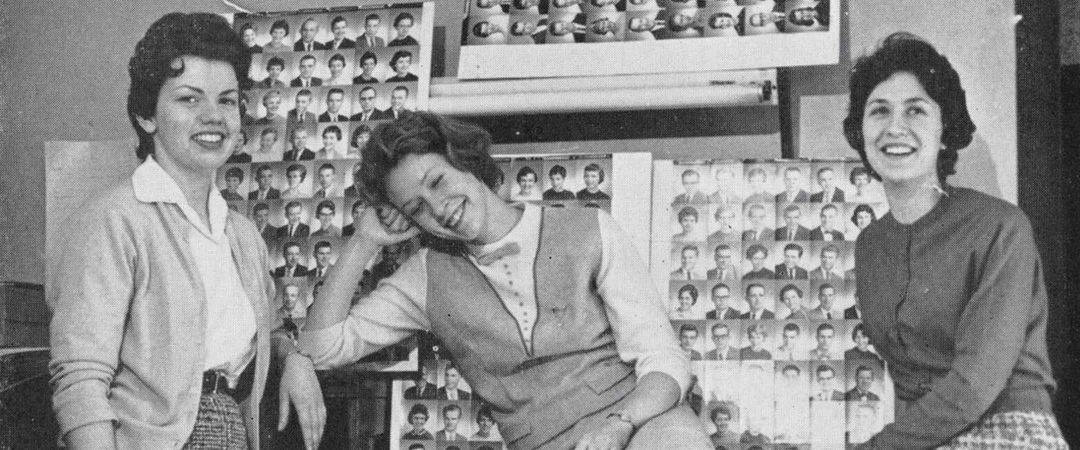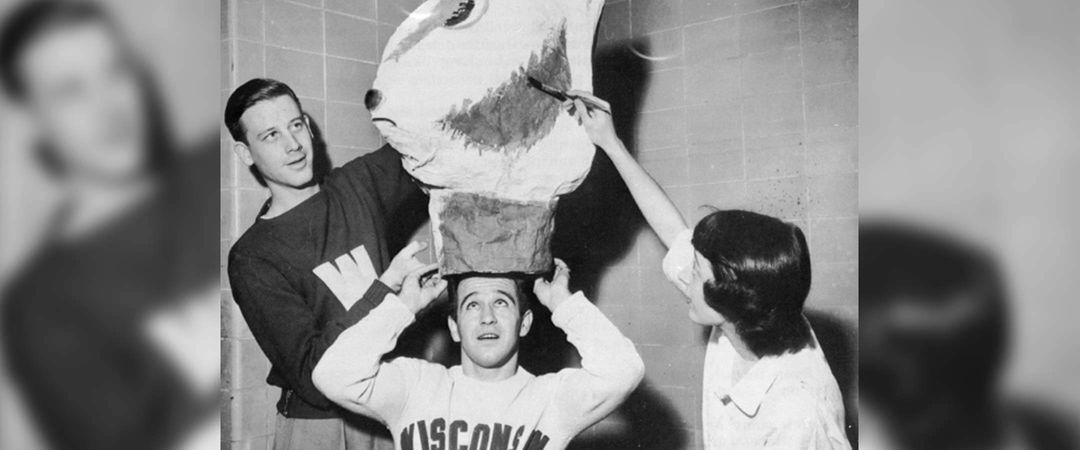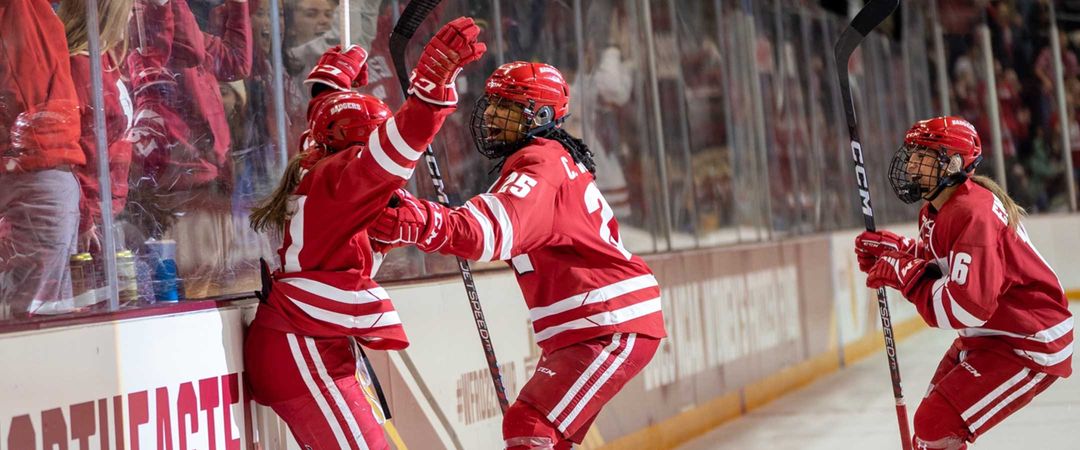She died doing something she loved. We often console ourselves with that thought when someone perishes tragically.
And so it was with the adventure-loving Laurel Salton Clark BS1983, MD1987. Clark had come to space travel later in life than most astronauts, following her work as an undersea medical officer and flight surgeon in the U.S. Navy. Her first assignment was on the Columbia space shuttle, where she was conducting some of the crew’s more than 80 experiments. She was studying gravity and its effect on humans, and she gardened in space to study gene transfer in plants.
But the mission suddenly ended in disaster when the Columbia disintegrated after 15 days in space — and just 16 minutes before its scheduled landing. At age 41, Clark died along with six crewmates as America watched in horror.
Although busy conducting experiments during the mission, Clark marveled over all that she could see from the space shuttle. “I have seen some incredible sights: lightning spreading over the Pacific, the Aurora Australis lighting up the entire visible horizon with the city glow of Australia below … rivers breaking through tall mountain passes, the scars of humanity … a crescent moon setting over the limb of our blue planet,” she wrote in a final email sent to her family from space. “Whenever I do get to look out, it is glorious. Even the stars have a special brightness.”
During a memorial service at Johnson Space Center following the loss, President George W. Bush recounted a story that captured an astronaut who — while opening the door to women in space exploration — was also very down to earth: “A friend who heard Laurel speaking to Mission Control said there was a smile in her voice.”
Clark knew the risks of space travel, yet she fully embraced the chance to be a scientist and foster her sense of wonder. Describing a silkworm cocoon that had hatched in space, she said, “There was a moth in there, and it still had its wings crumpled up, and it was just starting to pump its wings up. Life continues in lots of places, and life is a magical thing.”

